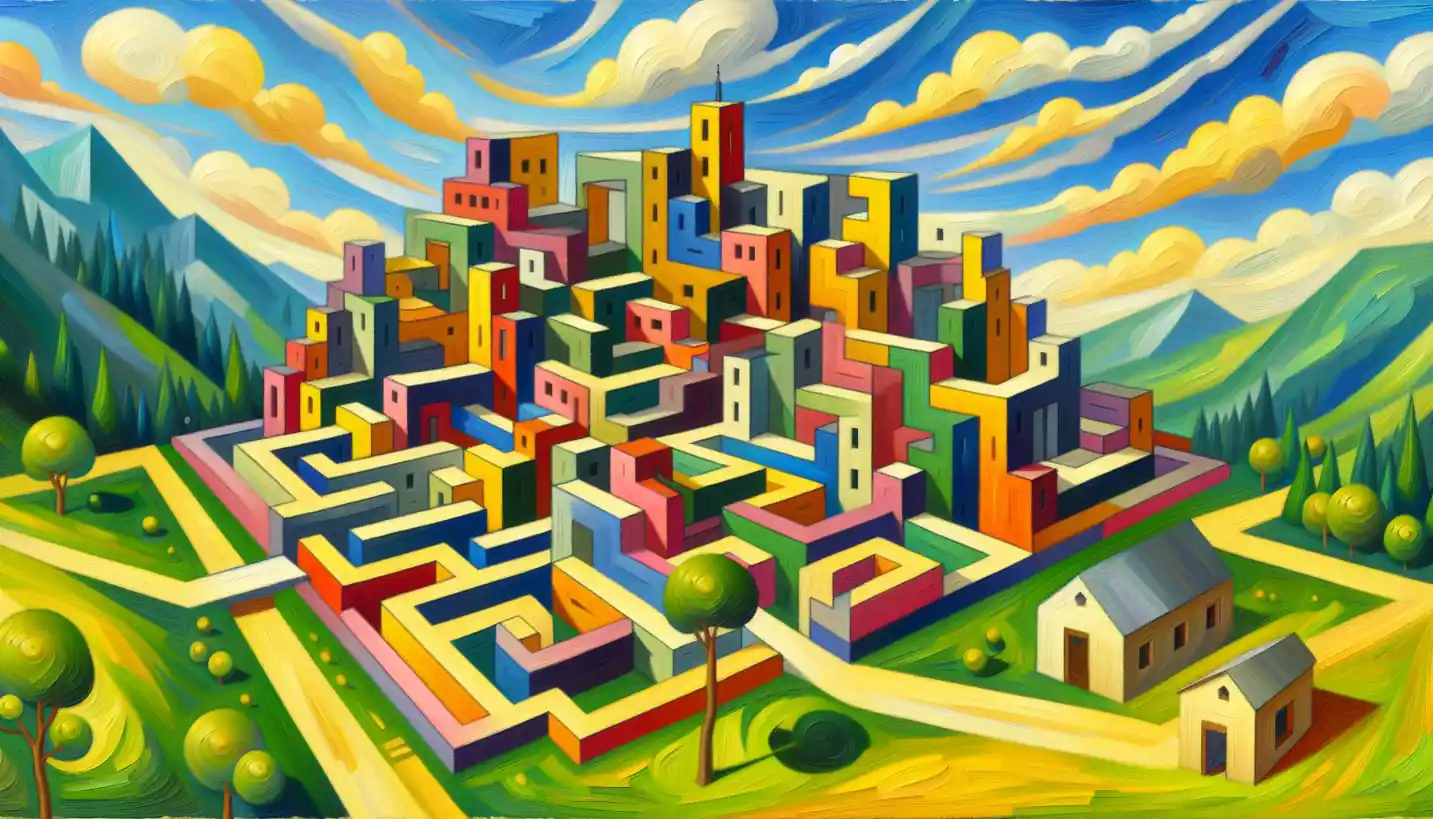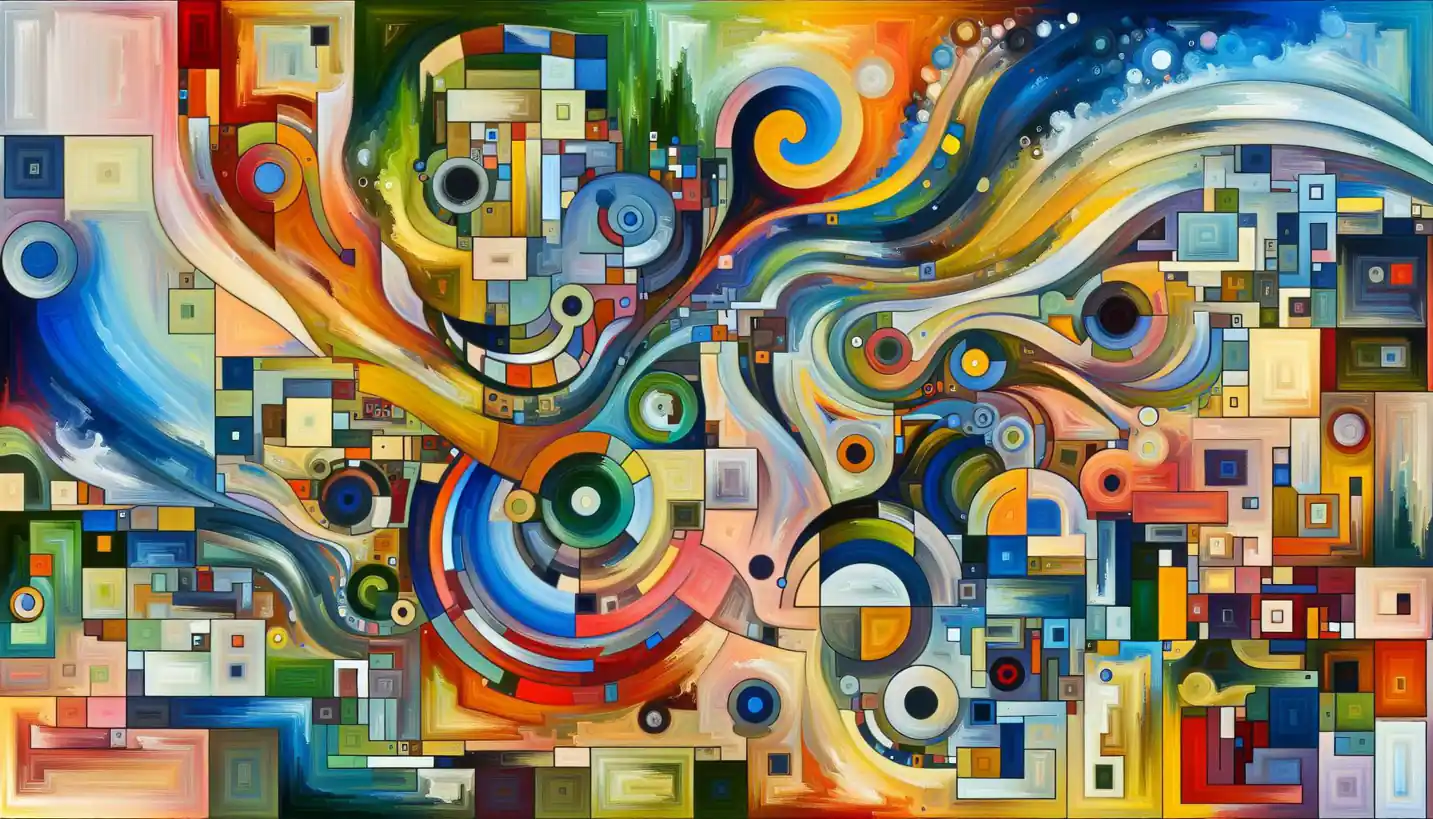· Art · 4 min read
Maquette: The Hidden Spark in Sculpture Creation
Maquettes serve as crucial blueprints for sculptors, paving the path from imagination to reality. Delve into how these miniature models ignite creative processes.

Crafting a sculpture often resembles an intricate dance of creativity and precision. In the art world, one concept that drives this process is the “maquette.” But what exactly is a maquette, and why is it so essential?
Think of a maquette as a miniature rehearsal for a grand performance. Sculptors use it as a small-scale model to envision their ideas, much like how directors use a script before filming a blockbuster. It’s a crucial planning tool, helping artists experiment with form, scale, and detail before they commit to the final piece.
The Role of Maquettes in Sculpture
Creating a sculpture can be a daunting task. Imagine trying to carve a large stone or mold a monumental piece of metal without any prior planning. That’s where maquettes come in. These miniature models allow artists to visualize and refine their ideas. They serve as three-dimensional sketches. Instead of making guesses, the artist can explore different perspectives and proportions in a tangible form.
For example, when sculpting a human figure, the artist can use a maquette to study how light interacts with the surface or how different poses affect the overall balance. This hands-on approach enables artists to solve potential problems and innovate in ways that might not be apparent on paper.
Stories Behind Famous Maquettes
Many great sculptures began as simple maquettes. Consider the famous Statue of Liberty. Frederic Auguste Bartholdi crafted several maquettes as he worked through various designs and scales. These early models helped him refine the colossal masterpiece we see today, standing proud in New York Harbor.
Another example is Michelangelo’s “David.” Before chiseling the massive marble, he used smaller models to perfect the statue’s iconic pose. By starting small, he could visualize the end result more clearly, minimizing costly errors in the final stages.
Bringing Ideas to Life with Maquettes
The process of making a maquette can be surprisingly personal. Artists often start with materials like clay, wax, or even cardboard. These materials are malleable, allowing for easy alterations as the artist’s vision evolves.
Let’s say an artist is working on a sculpture of a mythical creature. A maquette will let them play with the creature’s posture, test how wings might look, or see how its size relates to human figures. This exploratory phase is crucial for creativity, enabling bold choices that could lead to a groundbreaking design.
The Importance of Maquettes Today
In today’s world, maquettes still play a vital role in art and design. With the advent of technology, digital maquettes created using 3D modeling software add another dimension to the creative process. These digital models offer precision and speed, allowing artists to tweak designs with a click of a button.
Architects also rely on maquettes to visualize buildings and structures. By creating scale models, they can foresee potential structural issues and aesthetic concerns. This practice ensures that both the function and beauty of their creations are optimized before construction begins.
Exploring the Future of Maquettes
As technology continues to evolve, the future of maquettes seems exciting. Imagine virtual reality providing artists with fully immersive maquette experiences. They could walk around and interact with their creations, spotting improvements from different angles and lighting conditions.
3D printing is another technological leap. Artists can now create physical maquettes from digital designs, marrying the precision of technology with the tactile nature of traditional sculpture. This fusion opens up an array of new possibilities, pushing the boundaries of what’s possible in the art world.
Conclusion: Celebrating the Art of Maquettes
Maquettes may not often steal the spotlight, but their role in sculpture is undeniably vital. These small models are the silent heroes of art, allowing creativity to flourish while securing a tangible path to the final masterpiece. They offer a perfect blend of tradition and innovation, serving as a bridge between an artist’s imagination and reality.
As we continue to explore new frontiers in art and design, the humble maquette remains a powerful tool—transforming ideas into tangible, breathtaking works of art. Whether crafted by hand or designed digitally, it proves that even the smallest models can ignite the biggest sparks of inspiration.



